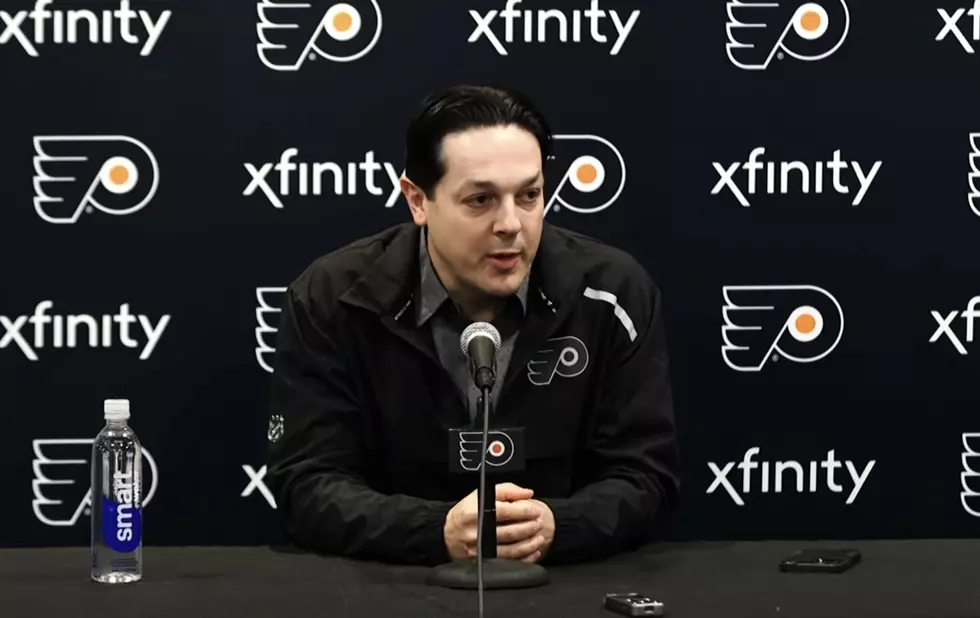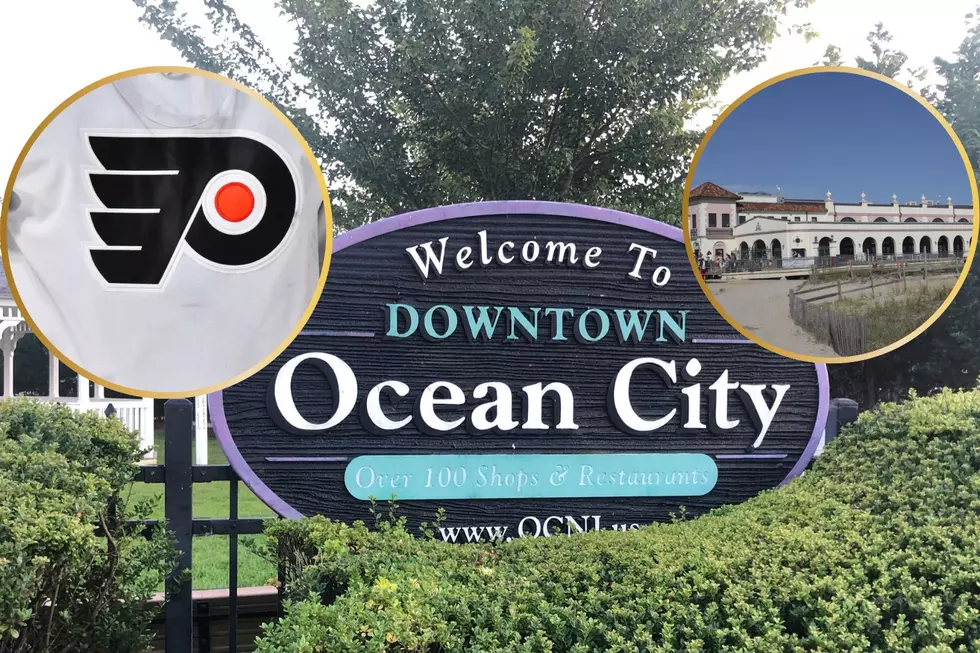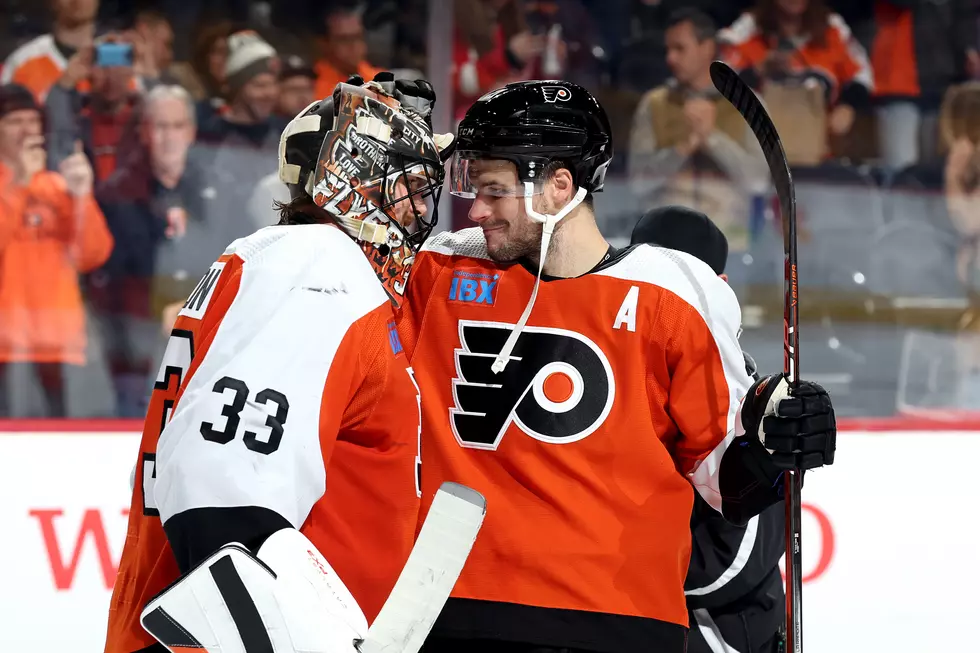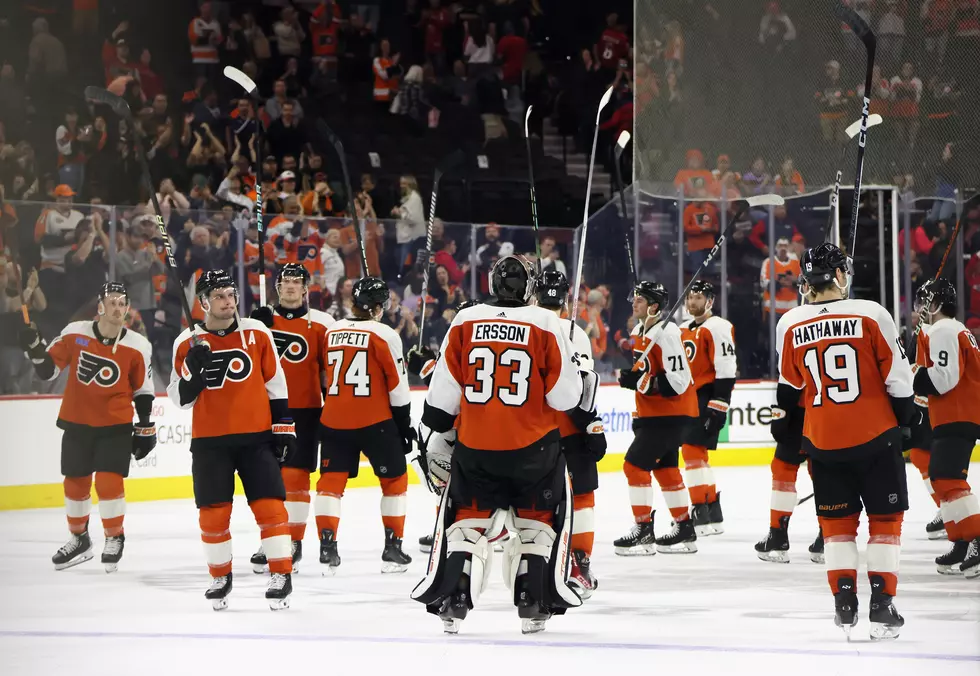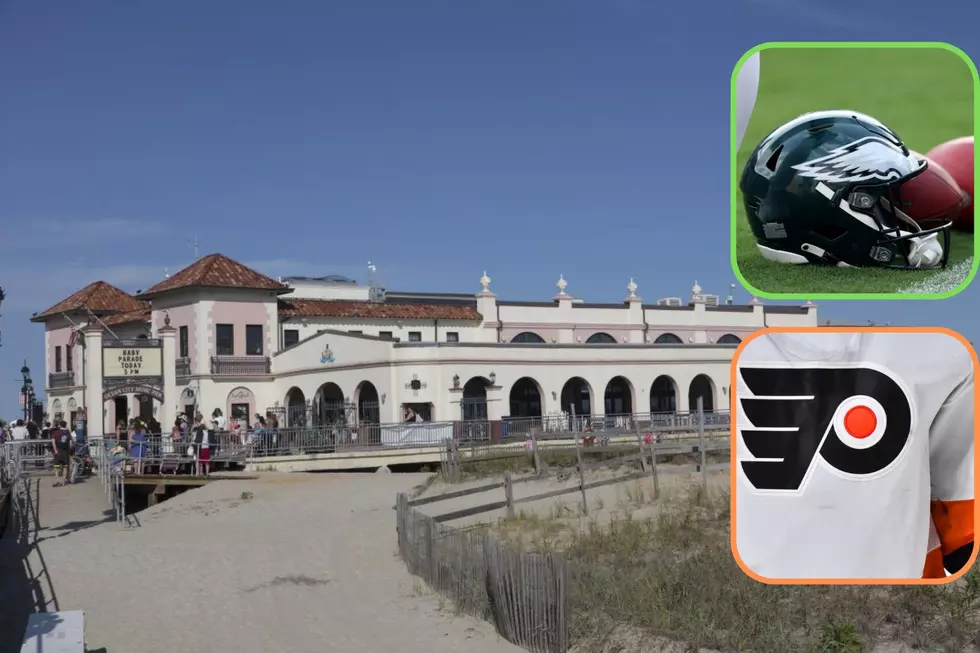
Flyers Free Agency Preview: What to Expect
An eventful week continues around the NHL, as just two days after the NHL Draft concluded, free agency opens. For a team in a rebuild like the Flyers, there isn’t expected to be much activity. Certainly there won’t be any big splashes and the team is not looking to add significant cap value for the long term anytime soon.
That said, this is the place where they can fill out the roster. There can be short-term solutions that provide long-term benefits. Perhaps a player on a low-cost deal for one year performs well enough to be traded at the deadline for a draft pick. Maybe you take a flier on a low-risk, high-reward player looking for a chance to come out on the other side of your rebuild.
There are a few scenarios on the table for the Flyers as free agency opens.
What Do the Flyers Already Have?
Before you can consider adding to the roster to finish it off, you have to know what you have already. The Flyers are pretty close to being set at forward.
Seven players who ended the season on the active roster have contracts for next season: Travis Konecny, Joel Farabee, Scott Laughton, Nick Deslauriers, Owen Tippett, Wade Allison, and Tanner Laczynski. Sean Couturier and Cam Atkinson ended the season on injured reserve, but are anticipated to play this season.
Noah Cates and Morgan Frost are also restricted free agents who already received qualifying offers. Even if they choose not to accept, negotiations can carry into the offseason and the Flyers retain their rights.
That’s 11 forwards already, and doesn’t include prospects like Tyson Foerster, Bobby Brink, Elliot Desnoyers, or Olle Lycksell getting a chance potentially out of camp.
On defense, the Flyers have six players under contract – excluding the Ryan Ellis deal that will eventually go on LTIR again – but only five of these players will be on the roster beyond next week. The pending trade of Tony DeAngelo is expected to go through on July 8, which will leave the Flyers with Travis Sanheim, Rasmus Ristolainen, Sean Walker, Nick Seeler, and Cam York. Again, there are prospects that could come up, including Ronnie Attard and Egor Zamula.
In goal, the Flyers are essentially set with Carter Hart, Cal Petersen, Felix Sandstrom, and Sam Ersson.
The Flyers enter free agency with $10.37 million in projected cap space. They have $16.62 million in projected cap space factoring in the eventual move of Ellis to LTIR at the start of the season.
Finding Veterans to Help the Rebuild
The first type of signing you could see the Flyers make is not all that different from what Chicago has done already this offseason with a few of their trade acquisition. Nick Foligno and Corey Perry each signed one-year, $4 million deals that can fit both the team and player.
For the team, it allows an NHL veteran to be around a rebuild and mentor young players. For the player, it provides an opportunity to prove they can still play and perhaps eventually be traded to a contender at the deadline, also helping the team gain assets in return.
Players of that mold, at a slightly lower cap hit, could be a win-win for the Flyers.
Low-Risk, High-Reward Non-Qualified Players
In recent days, teams were deciding which RFAs they wanted to extend qualifying offers to and which non-qualified players would enter the free-agent market. There were several players that could fit the Flyers timeline that may be worth a look.
Daniel Sprong, Denis Gurianov, Morgan Geekie, Ethan Bear, Maxime Comtois, Michael McLeod, Sam Steel, and Christian Fischer could all be names that the Flyers could utilize. Players recently bought out, like Kailer Yamamoto, could also be options.
On one hand, the Flyers could look to sign any of these players to a one-year, “prove it” deal and see if what they are able to provide fits the rebuild timeline. On a one-year deal, any of these players could also prove to become valuable trade chips at the deadline.
What Kind of Deals Could the Flyers Sign?
The Flyers strategy in free agency needs to be with the short term in mind. While you don’t want to rule out the possibility that a player looking for a second chance can’t stick with your franchise for the long haul, you also don’t want to commit much more than the next two seasons to any free agent.
A benefit for the Flyers, then, is the small increase in the salary cap. The salary cap in the NHL rose one million dollars from $82.5 million to $83.5 million. If you are looking to sign big-money, long-term deals, this doesn’t provide much relief.
But the Flyers aren’t that team right now. They are going to be looking for low-profile deals at most. Consider that there are going to be many teams still strapped by the cap that could play in favor for the Flyers, especially if some players look at the market this offseason and the forecasted salary cap increase next offseason and think they can do better on the market in another year. Don’t be surprised if teams like the Flyers help facilitate this year’s free agents from having a path to next year’s market.
It all starts at noon on Saturday, as the Flyers essentially put the finishing touches on the offseason.
Kevin Durso is Flyers insider for 97.3 ESPN. Follow him on Twitter @Kevin_Durso.
Philadelphia Flyers Uniforms Through The Years
More From 97.3 ESPN

